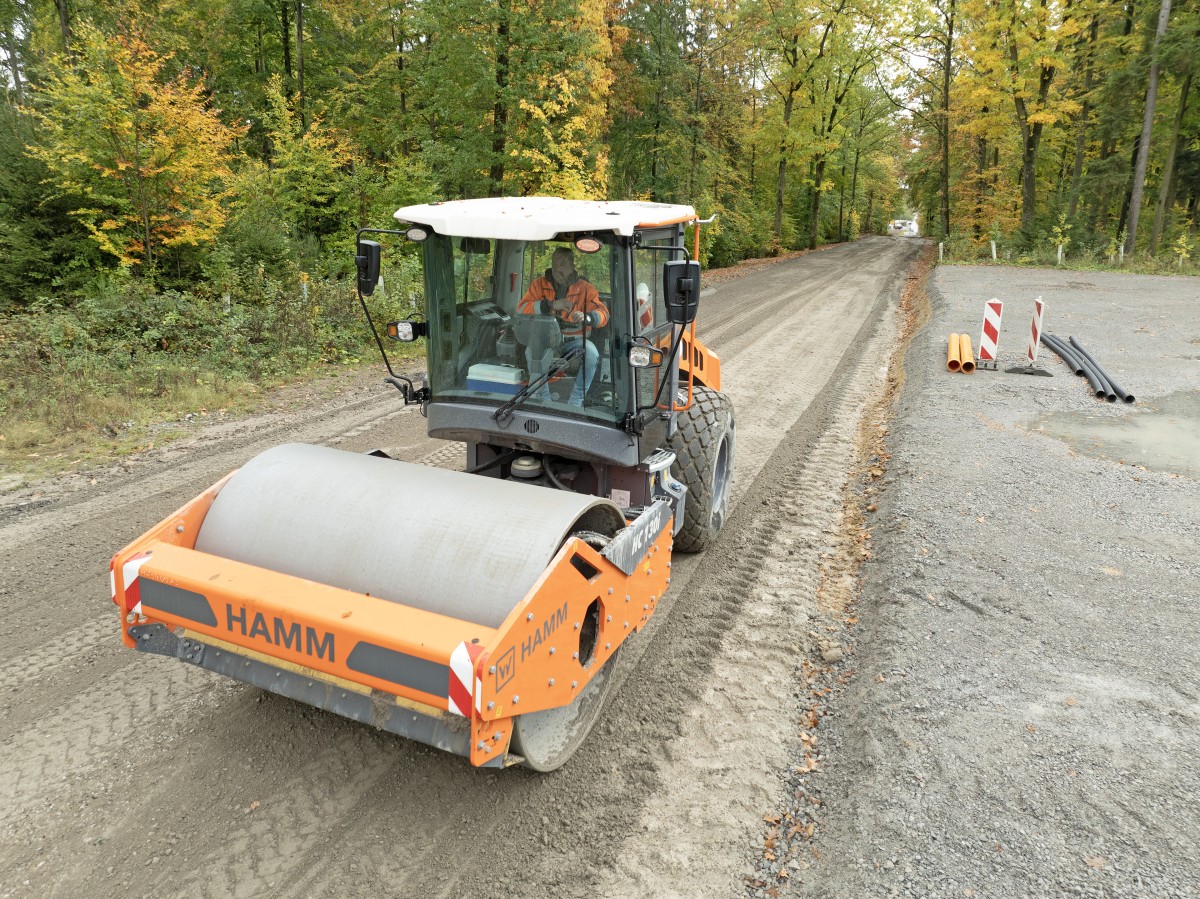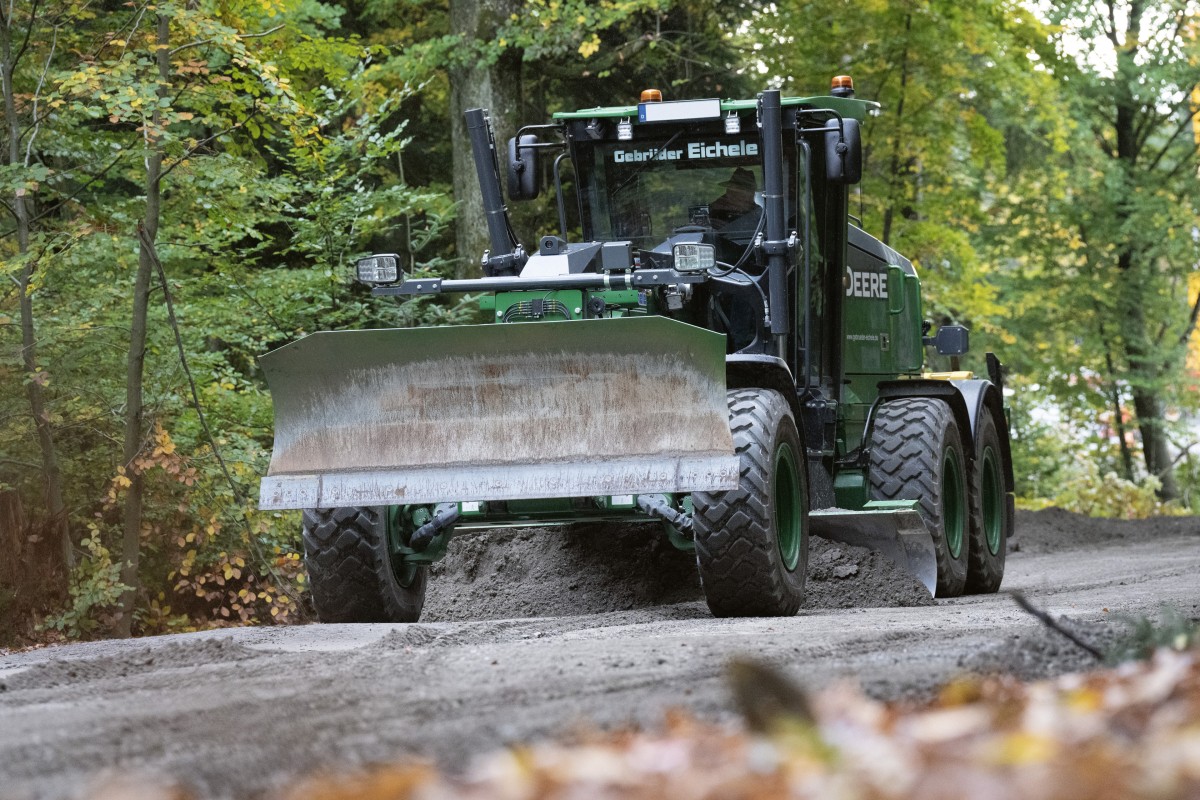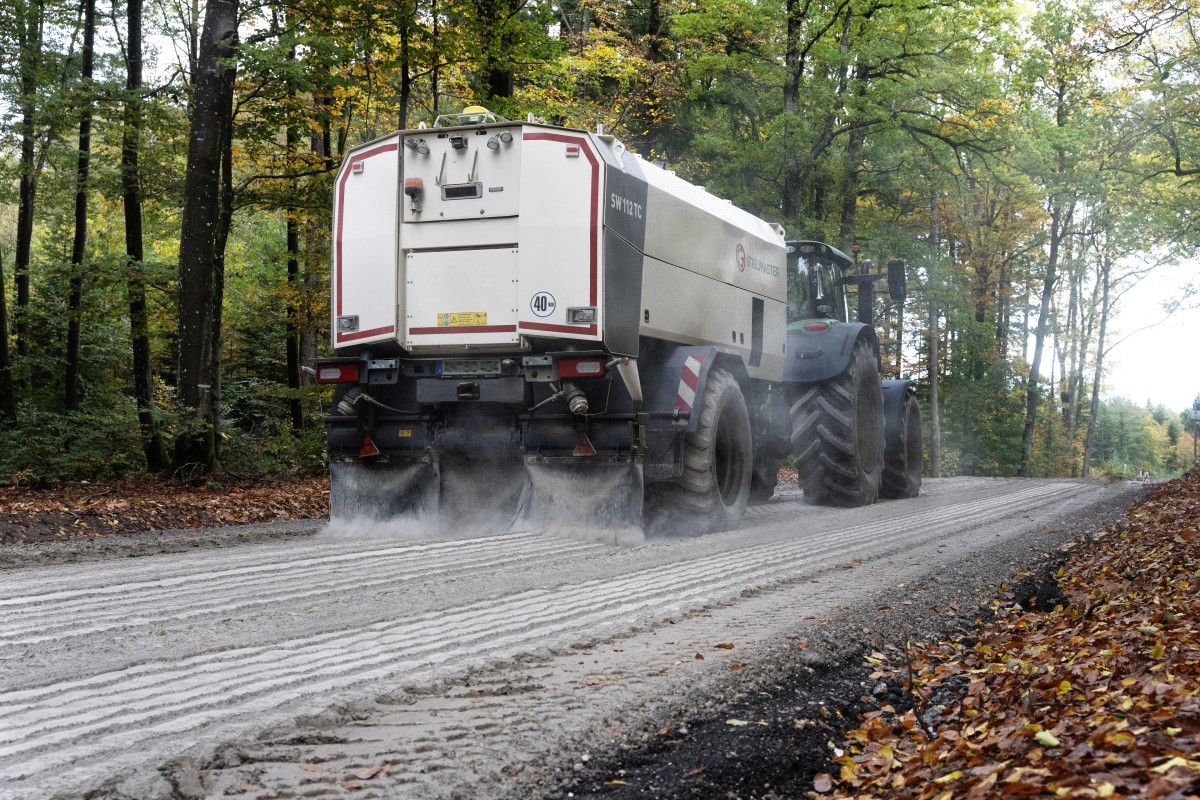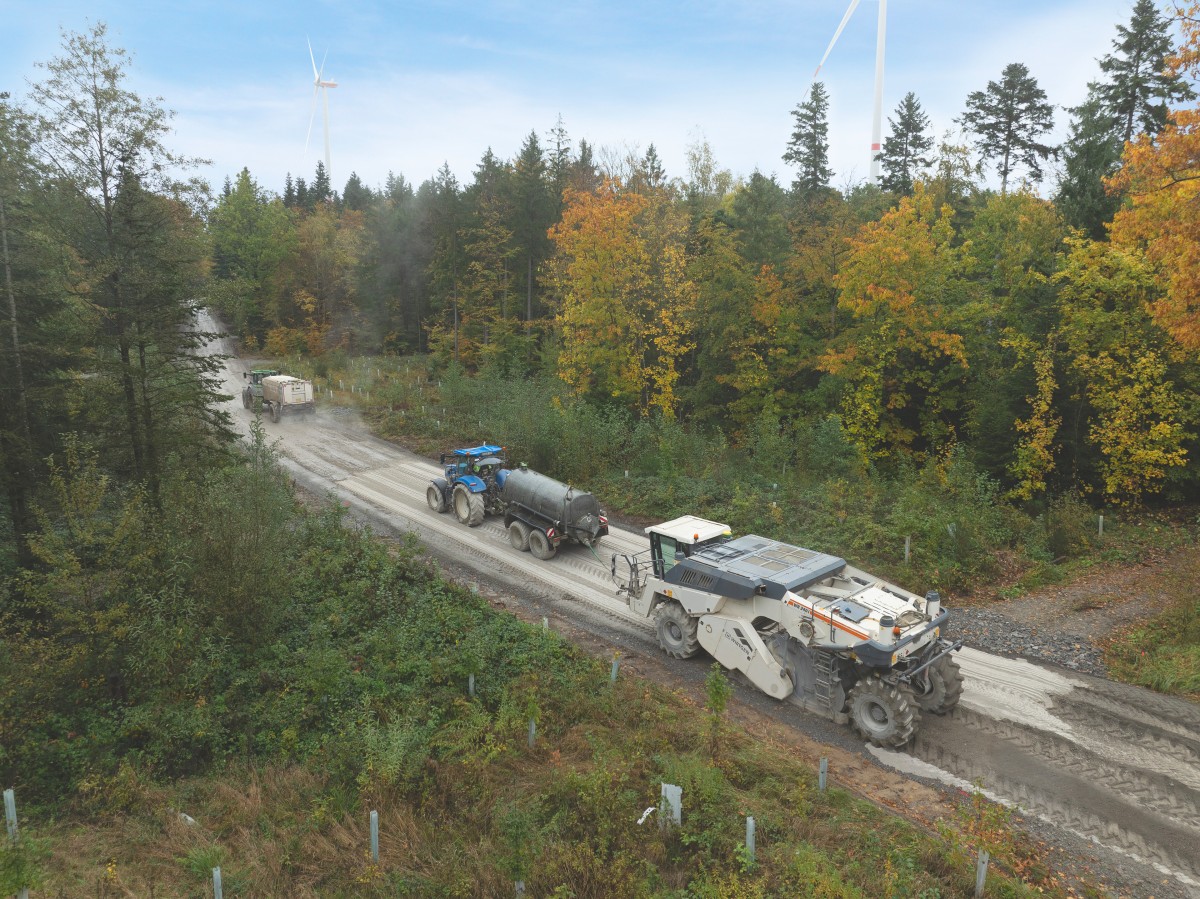Home \ International \ A Wirtgen Group "Production System" in the Swabian Jura region
A Wirtgen Group "Production System" in the Swabian Jura region
19/06/2024
Pubblicato da Ettore Zanatta
The contractor deployed a Wirtgen Group Production System made up of two Hamm rollers, a John Deere 622 GP motor grader, a cold recycler WR 240i from Wirtgen and a Streumaster SW 112 TC tractor-towed binding agent spreader.
The erection of new wind turbines in the Swabian Jura region is one of the measures contributing to the expansion of Germany’s renewable energy generation capacities. A well-developed transport infrastructure is essential for enabling access to sites and the construction of new power generation facilities. In the course of a construction project in Obersontheim, Germany, the contractor deployed a Wirtgen Group Production System made up of two Hamm rollers, a John Deere 622 GP motor grader, a cold recycler WR 240i from Wirtgen and a Streumaster SW 112 TC tractor-towed binding agent spreader.
The project brief for the resurfacing of the access road to a wind park required the rehabilitation of the existing road with a cement-treated base layer (CTB) and simultaneous widening from 4.5 m to 7 m over a distance of 1,100 m. In the first step, a SW 112 TC tractor-towed spreader laid down the cement for the production of the cement-treated base layer. Following on behind, a wheeled recycler WR 240i from Wirtgen, milled the base layer to a depth of exactly 35 cm and homogeneously mixed the material with 49 kg of pre-spread cement per square meter with its powerful milling and mixing rotor. Water was sprayed into the mixing chamber during the mixing process by means of an injection bar.
Behind the recycler, a Hamm H 7i CompactLine compactor carried out the first pre-compaction pass before the John Deere 672 GP motor grader graded the pre-processed base layer material to a cross-slope of 3%. A particularly impressive feature of the Grader is the Auto-Pass function, which significantly simplifies precise surface grading. The press of a button places the grader mouldboard on the ground and activates the Grade Pro system. At the end of a pass, the mouldboard is raised again and turned to automatically replicate the desired grade value on the other side of the road. This means that the Grader no longer has to be driven back to the starting point to start all over again. ‘The automation offered by the Auto-Pass function was really useful, particularly here. Just one press of a button sets the cross-slope we need after turning the machine.’ says Heinrich Eichele jun., Managing Director of Gebrüder Eichele GmbH, expressing his satisfaction with the results. The subsequent final compaction was carried out by a Hamm HC 130i compactor.
Despite the unsettled weather and the tight deadline, the construction phase was completed on schedule within a period of two days. The subsequent paving of the asphalt surface layer was carried out by a SUPER 1800-3i road paver from Vögele.

Ultime notizie di Wirtgen Macchine

Earthmoving Machinery
21/11/2024
Kleemann: New compact crusher used for recycling
Impact crusher MOBIREX MR 100i NEO impresses during operatio...

Road Machinery
04/11/2024
Wirtgen: Widening of the Ruta 5 highway from Montevideo to the Brazilian Border
Efficient concrete paving solutions from Wirtgen ensure the...
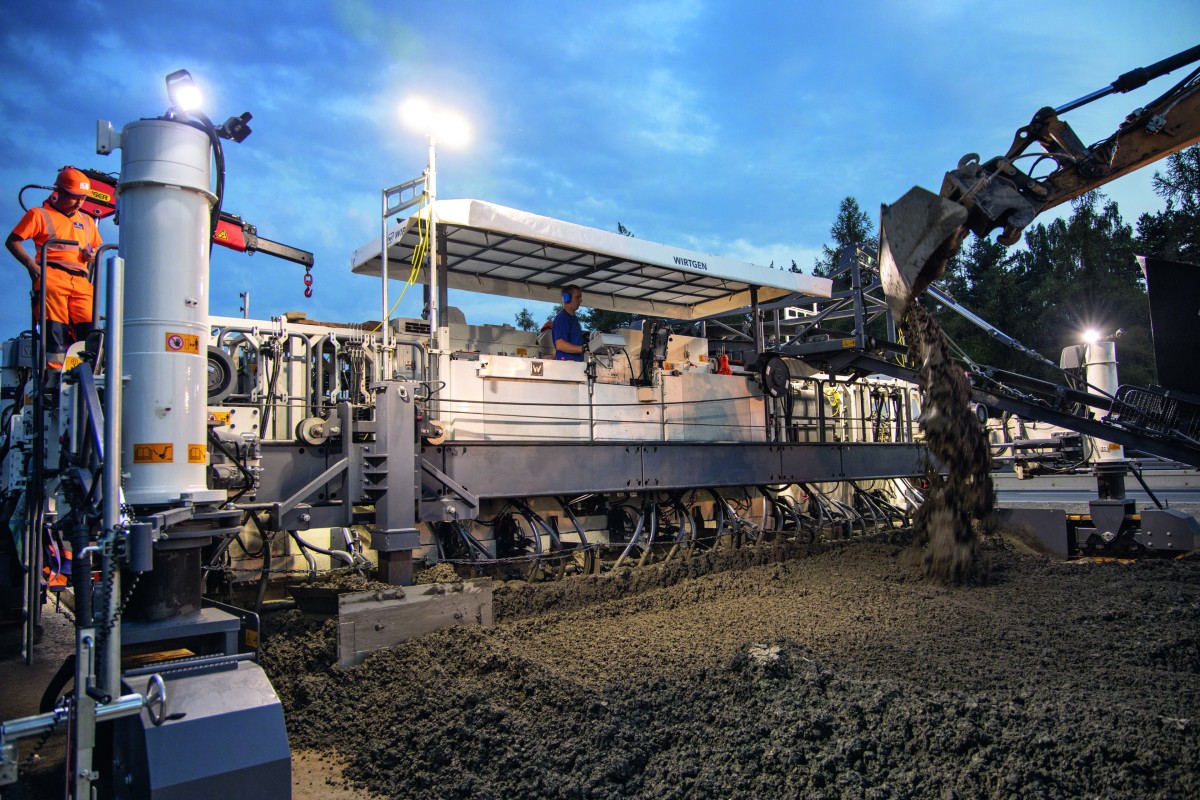
Road Machinery
31/10/2024
Wirtgen: Concrete paving with inset slipform pavers
Wirtgen has been offering machines for inset slipform paving...
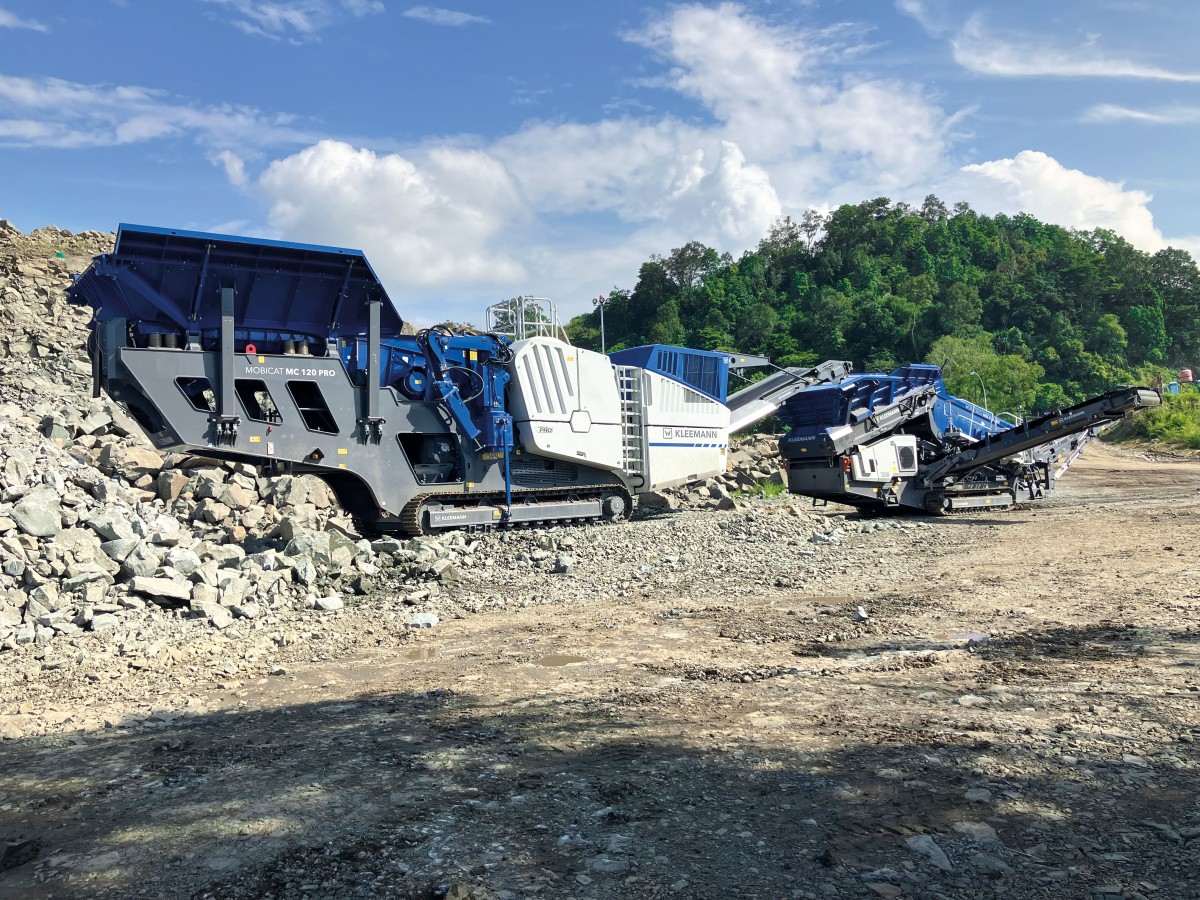
Earthmoving Machinery
28/10/2024
Kleemann: Andesite processing in Indonesia
A MOBICAT MC 120 PRO and a MOBISCREEN MSS 802 EVO are deploy...
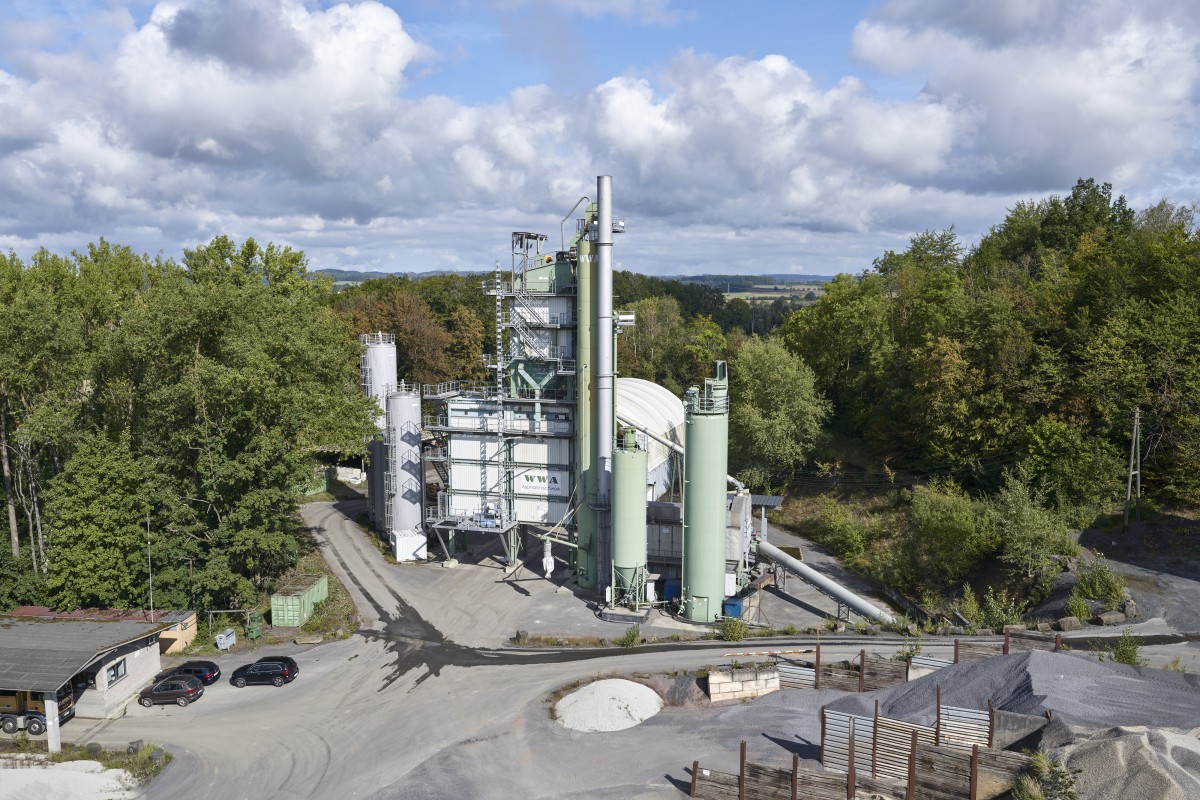
Earthmoving Machinery
24/10/2024
Benninghoven's REVOC system proven in practice
The REVOC Retrofit solution has been installed at an existin...
Road Machinery
01/10/2024
The Wirtgen Group at Paving Expo 2024
The Wirtgen Group presents groundbreaking technologies at Pa...
Altri International

International
21/11/2024
Kleemann: New compact crusher used for recycling
Impact crusher MOBIREX MR 100i NEO impresses during operatio...
International
21/11/2024
SITECH partners with Royal Engineers to create poppy and demonstrate tech offering
The demostration involved creating a ground-level poppy desi...
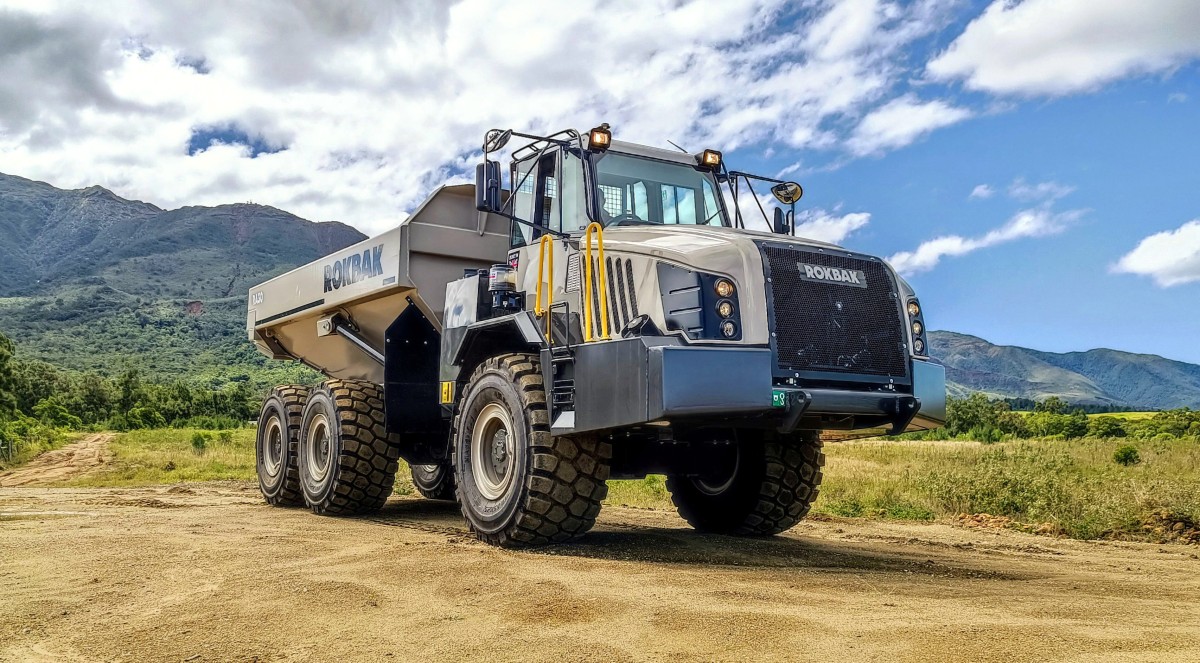
International
20/11/2024
Strong and stable RA30 trucks carry the weight at New Caledonian mine
Three Rokbak RA30 trucks are delivering exceptional durabili...
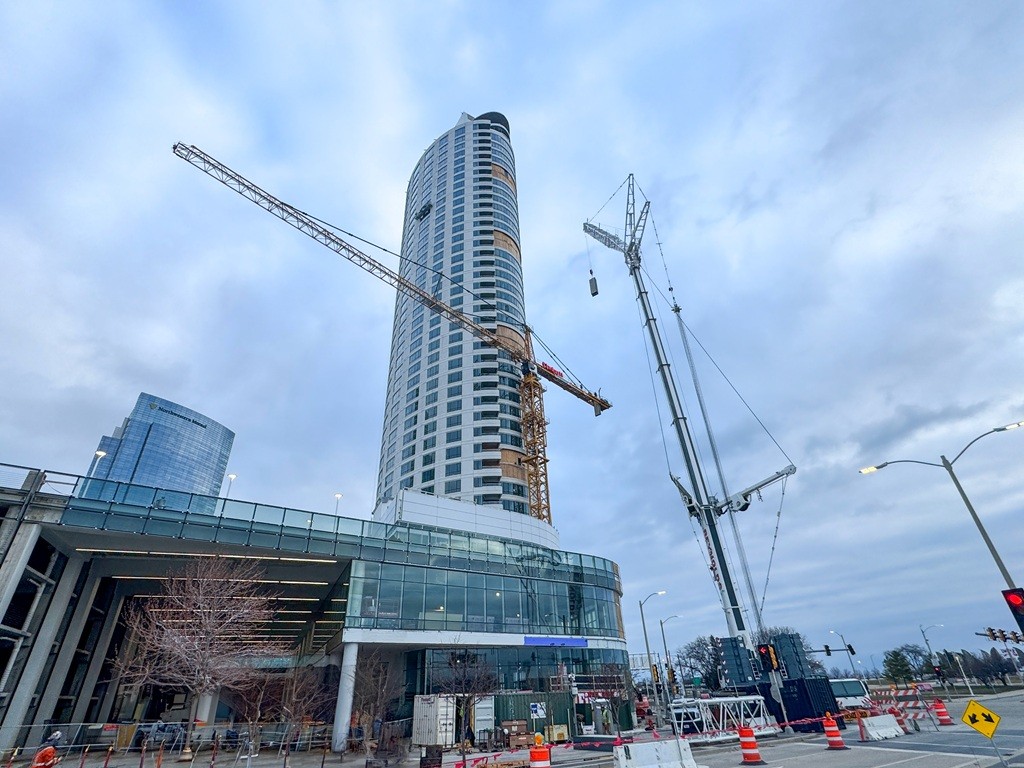
International
20/11/2024
Tadano AC 7.450-1 Performs Double Duty in Wisconsin
A cost-saving and versatile solution was already on site - a...
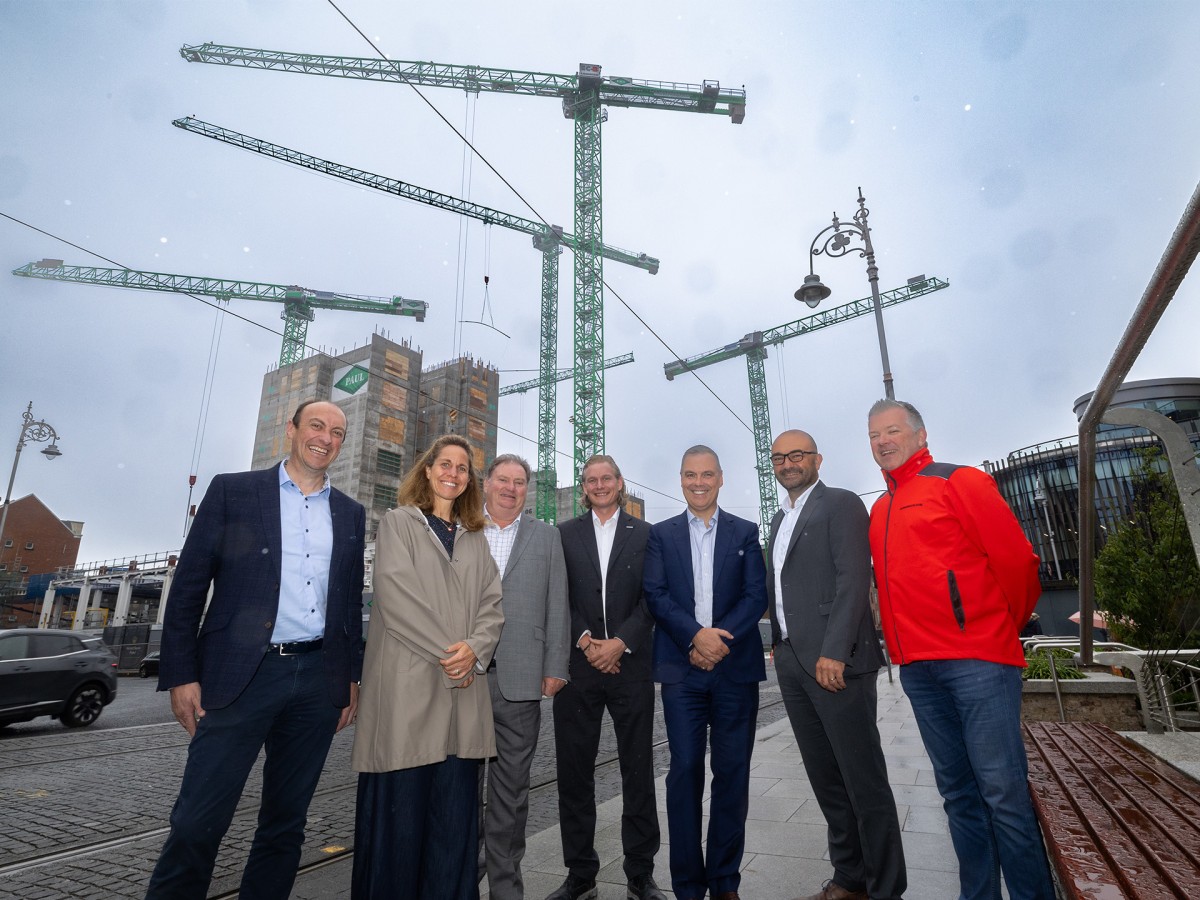
International
19/11/2024
Liebherr Tower Cranes and John Paul Construction celebrate 50 years of partnership
Irish construction company John Paul Construction is celebra...
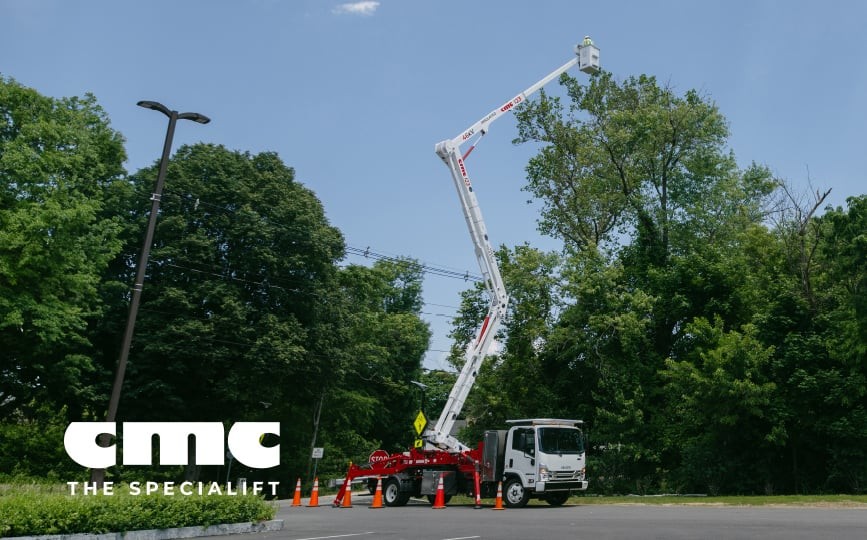
International
18/11/2024
The CMC i23 aerial platform: an example of high performances
CMC i23 is designed to maximise operational efficiency in al...











